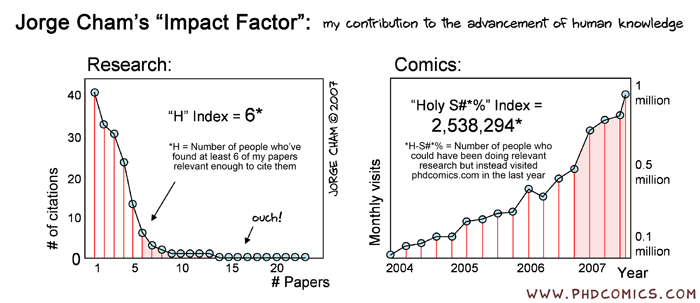
The described environmental and husbandry stressors include salinity, temperature, hypoxia and hyperoxia, confinement, density and handling. In this review, we describe multiple important genes that are associated with responses to environmental and husbandry stressors and that could be used as biomarkers of environmental and husbandry stressors in fish. Fish exhibit multiple genomic and physiological responses to adjust the compensatory or adaptive mechanism that allows them to mitigate the stressors, maintain their haemostasis and survive. There are three regulatory systems having a vital role in stress response: the neural, endocrine and immune systems. Stress of aquatic animals occurs due to physical and physiological disturbances in the aquatic environment or system when transportation, crowding, handling or changes of physical and chemical factors take place. Interestingly, the addition of salt to the diet containing 10 % FM improved feed intake, as well as specific growth rate and feed conversion ratio. Fish growth correlated positively with the content of FM in the diets. Conversely, including salt in a diet containing a low FM percentage up-regulated the mRNA copies of PEPT1 in the hindgut. SLC6A19 mRNA in the anterior and posterior intestine of sea bass were not modulated by dietary protein sources and salt supplementation. The salt-enriched diet was prepared by adding 3 % NaCl to the diet containing 10 % FM. Sea bass were fed for 6 weeks on different diets, with ascending levels of fat or descending levels of FM, which was replaced with vegetable meal.

We then analysed diet-induced changes in the mRNA copies of SLC6A19 and PEPT1 genes in different portions of sea bass intestine using real-time RT-PCR.

The twelve transmembrane domains and the ‘de novo’ prediction of the three-dimensional structure of SLC6A19 protein (634 amino acids) are presented. The cDNA sequence was deposited in GenBank database (accession no. We first isolated by molecular cloning and sequenced a full-length cDNA representing the neutral amino acid transporter SLC6A19 in sea bass. The objective of the present study was to examine the effect of diets with descending fish meal (FM) inclusion levels and the addition of salt to the diet containing the lowest FM level on growth performances, feed conversion ratio, and intestinal solute carrier family 6 member 19 (SLC6A19) and oligopeptide transporter 1 (PEPT1) transcript levels, in freshwater-adapted European sea bass (Dicentrarchus labrax).


 0 kommentar(er)
0 kommentar(er)
